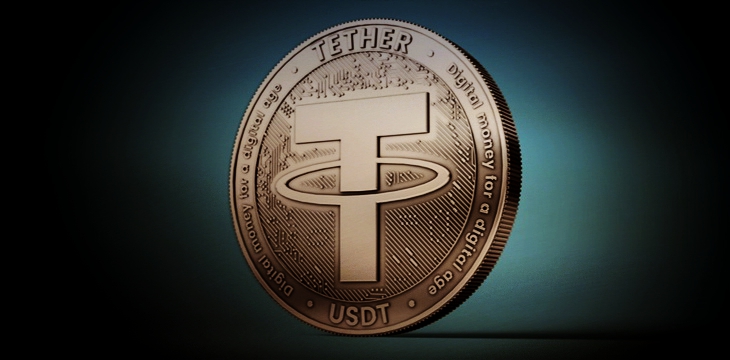
Tether (USDT) is a type of stablecoin, which is a cryptocurrency designed to maintain a stable value relative to a fiat currency, typically the US dollar.Tether, the issuer of the world’s largest stablecoin USDT, announced on Thursday that it will discontinue support for its flagship stablecoin on three blockchains, Kusama, Bitcoin Cash SLP (Simple Ledger Protocol), and Omni Layer.
Many have argued for more than a year that Tether was insolvent, a claim fueled by the lack of willingness on the organization’s part to produce a full audit. The closest it has come was when it released a memo last year stating that it had $23 million more in assets than it had in liabilities.
But now Tether tokens are the most widely adopted stablecoins, having pioneered the concept in the digital token space. A disruptor to the conventional financial system and a trailblazer in the digital use of traditional currencies, Tether tokens support and empower growing ventures and innovation throughout the blockchain space. Tether tokens exist as a digital token built on multiple blockchains.
Use Cases
- Stable Value: USDT is designed to maintain a stable value, making it useful for traders and investors who want to avoid volatility in the crypto markets.
- Liquidity: It provides liquidity for trading pairs on various cryptocurrency exchanges.
- Transfer and Storage: Often used for transferring value between different exchanges or for storing value in a stable form.
Tether’s Transparency
Tether updates a breakdown of its reserves holdings daily on its website. As of March 3, 2024, it reported assets of $99.45 billion for USDT. The company reported holding 84.58% of its reserves in cash, cash equivalents, short-term deposits, and commercial paper; 76.87% of this was in U.S. Treasury bills.It also held 0.05% of its reserves in corporate bonds, 3.62% in precious metals, 2.91% in bitcoin, 4.95% in secured loans to unaffiliated entities, and 3.89% in other investments.

Controversies and Issues
- Reserve Transparency: Tether has faced questions about whether it fully backs all USDT with USD or other assets. Legal actions and audits have been undertaken to address these concerns.
- Regulatory Scrutiny: Tether and its issuer have faced regulatory scrutiny from various financial authorities. In 2021, Tether reached a settlement with the New York Attorney General over claims that it had misled investors about its reserves.
Who can use Tether token?
Tether Tokens enable businesses – including exchanges, wallets, payment processors, financial services and ATMs – to easily use fiat currencies on blockchains. Some of the largest businesses in the digital currency ecosystem have integrated Tether Tokens.
Individuals can also use Tether-enabled platforms to transact with Tether Tokens.
Key Points
- Stability: While USDT is designed to be stable, it’s important to remember that it’s not without risks, including regulatory risks and the potential for the issuer to face financial or legal issues.
- Utility: It’s widely used in the crypto ecosystem for trading, hedging, and transferring value.
If you’re considering using Tether or any other stablecoin, understanding the associated risks and doing thorough research is crucial.
